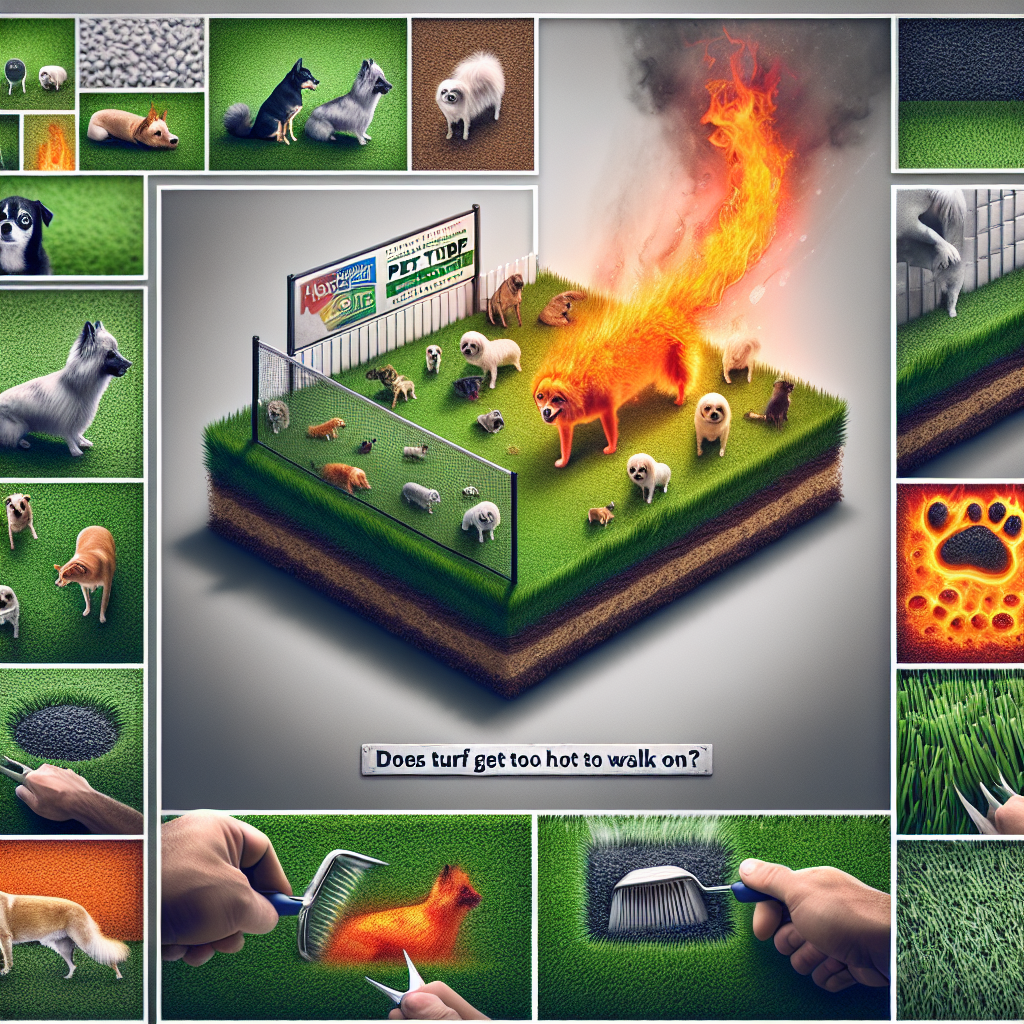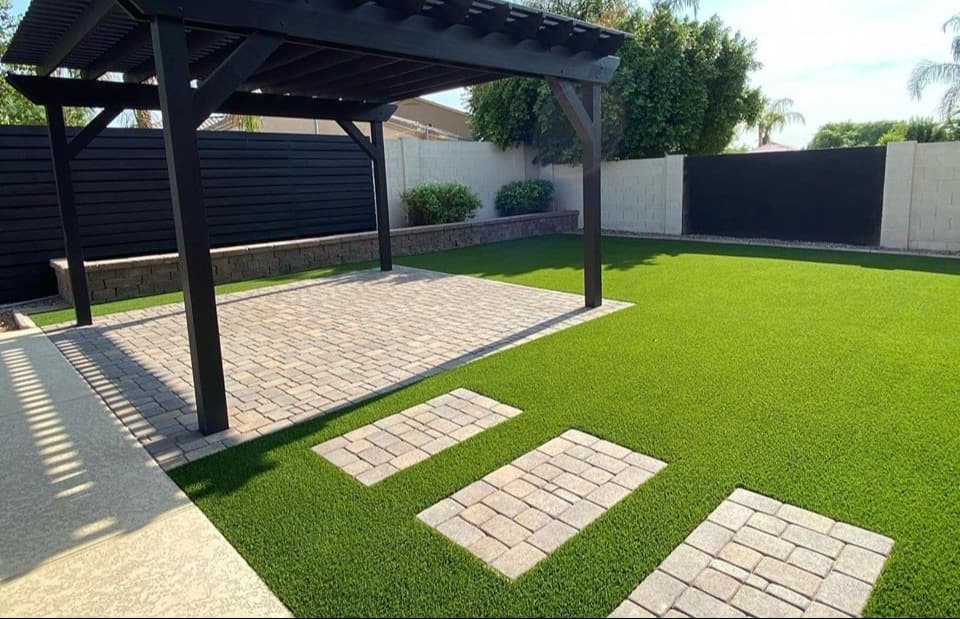
Imagine stepping out onto your lush green lawn on a sunny afternoon, only to find the ground beneath your feet feels like a scorching desert. This is a common concern for many who have or are considering installing artificial turf. But does turf really get too hot to walk on? Let’s dive into the science, solutions, and stories of those who have tackled this fiery foe.
Artificial turf, much like asphalt or concrete, tends to absorb and retain heat more than natural grass. This phenomenon can be attributed to the materials used in the manufacture of synthetic grass and the lack of water content that cools down natural grass through evaporation.
Think of your artificial lawn as a sponge soaking up the sun’s rays. The dark-colored infill materials, such as black crumb rubber, act like a heat magnet. They absorb solar radiation and increase the surface temperature significantly. According to a study by the EPA, synthetic surfaces can get up to 60 degrees Fahrenheit hotter than the surrounding air temperature.
Thankfully, there are several practical solutions to mitigate the heat of your artificial lawn:
Consider the story of Lisa from Arizona, who transformed her backyard with artificial turf only to find it unbearable during summer afternoons. Through trial and error, she discovered that incorporating a mix of shading and regular watering made her yard usable even in peak heat. Similarly, John in Texas opted for a high-tech cooling system, allowing his children to play outside safely all year round.
Yes, artificial turf can get much hotter than natural grass due to its ability to absorb and retain heat from the sun.
Walking on extremely hot turf can be uncomfortable and may cause burns. It is advisable to cool it down first using water or ensure shaded areas are available.
Yes, there are turf products designed with cooling technology and light-colored infills that help reflect sunlight rather than absorb it.
If you’re contemplating whether artificial turf might turn your backyard into an oven, rest assured there are effective strategies to keep it cool. By understanding the science behind why turf heats up and implementing smart cooling solutions, you can enjoy a lush, green oasis without the worry of burning your feet. So go ahead, step out onto your serene turf—just ensure you’ve got some cooling tricks up your sleeve!
For more information on maintaining a safe and comfortable outdoor space, consider visiting resources provided by the CDC and the EPA.


